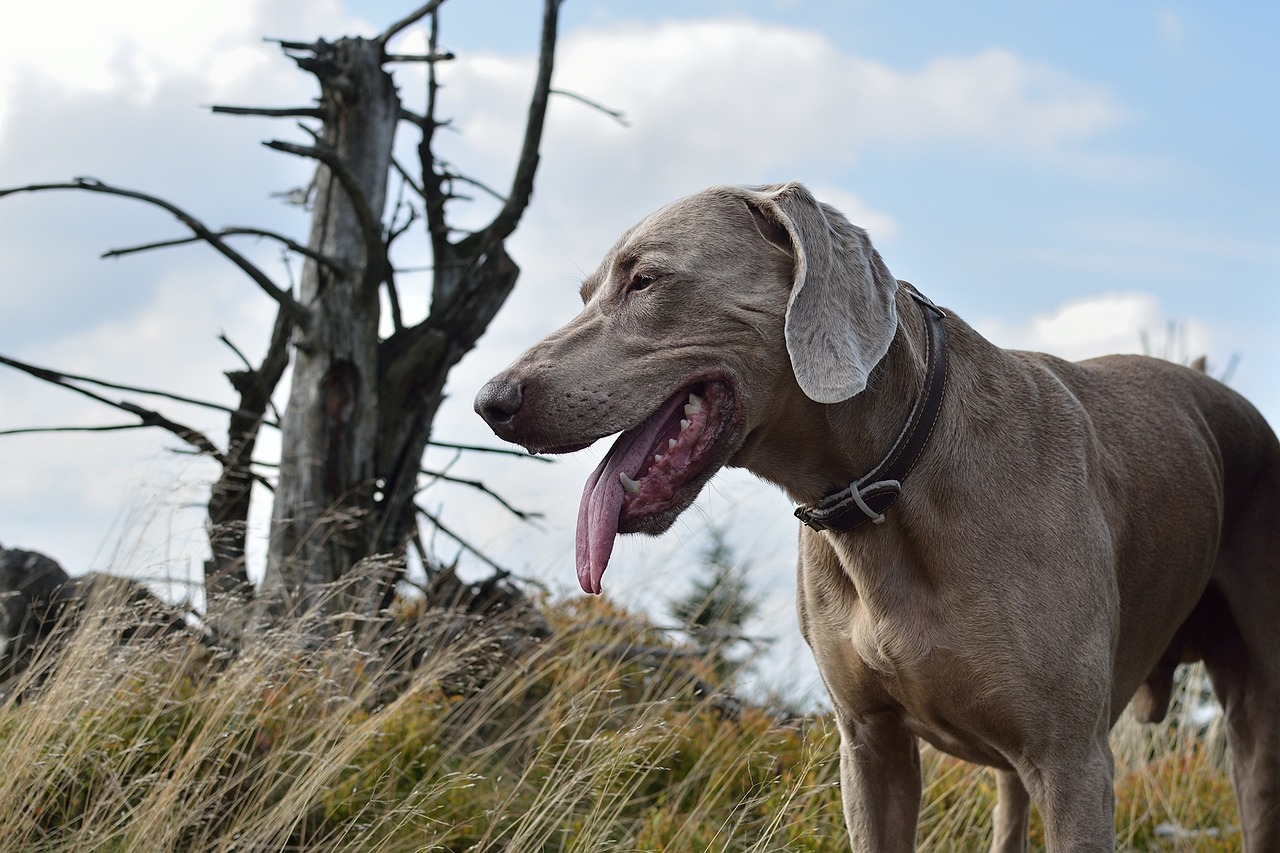
Australian Shepherds are highly intelligent and energetic dogs that make excellent companions for active owners. However, one common behavioral issue that owners of this breed face is reactive barking. This can occur when the dog feels threatened or stressed, leading to excessive barking at strangers, other dogs, or even inanimate objects. Not only can this behavior be frustrating for owners, but it can also make it difficult to socialize the dog and create a peaceful home environment. In this article, we will explore ten effective strategies to help an Australian Shepherd overcome reactive barking and develop more positive behaviors.
⚠️ Note: While the tips below should get you started, its important to realize that your Australian Shepherd’s excessive barking is symptom of reactivity. Consider looking into an online training course that specifically addresses reactivity (we like SpiritDog’s “Tackling Reactivity course or K9 Institute’s Dog Masterclass)
1. Identify and Understand Your Australian Shepherd’s Triggers:
The first step to addressing reactive barking is to identify the specific triggers that cause your Australian Shepherd to bark. Observe your dog closely to determine what situations or stimuli provoke their barking, such as encountering other dogs, strangers approaching, or loud noises. Once you understand the triggers, you can develop a targeted plan to address the issue.
2. Desensitize Your Australian Shepherd to Triggers:
Desensitization is a gradual process that involves exposing your Australian Shepherd to their triggers at a comfortable distance, allowing them to become more accustomed to the stimulus without reacting. Over time, you can slowly decrease the distance between your dog and the trigger, always rewarding calm behavior. This process helps your dog become less reactive to the trigger, ultimately reducing their barking.
3. Use Counter-Conditioning with Your Australian Shepherd:
Counter-conditioning is another technique that can help change your Australian Shepherd’s emotional response to a trigger. By pairing the trigger with something positive, such as treats or toys, your dog can begin to associate the stimulus with a positive experience rather than fear or anxiety. Over time, this can reduce your dog’s reactive barking.
4. Use Positive Reinforcement with Your Australian Shepherd:
Reward your Australian Shepherd for remaining calm and quiet in situations where they would typically react with barking. Consistently offer praise, treats, or affection when your dog displays appropriate behavior in response to their triggers. This positive reinforcement helps your dog learn that there are better ways to cope with their triggers than barking.
5. Teach Your Australian Shepherd the “Quiet” Command:
Train your Australian Shepherd to understand and respond to the “quiet” command. When your dog starts barking in response to a trigger, calmly say “quiet” and wait for them to stop. As soon as they are silent, immediately praise and reward them. Repeat this process consistently until your dog associates the command with the desired behavior.
Related: What online dog training program does iHeartDogs recommend for reactive barking?
6. Redirect Your Australian Shepherd’s Attention:
When your Australian Shepherd begins to bark reactively, try redirecting their attention to a more productive activity. Offer a favorite toy, initiate a training session, or engage in play to refocus their energy. This helps your dog learn that there are alternative ways to react to stimuli, rather than barking.
7. Provide Adequate Exercise and Mental Stimulation for Your Australian Shepherd:
A well-exercised and mentally stimulated Australian Shepherd is less likely to engage in reactive barking. Ensure your dog receives enough physical activity and mental stimulation daily through walks, play sessions, and interactive toys. This can help reduce pent-up energy and frustration, which can contribute to reactive barking.
8. Create a Calm Environment for Your Australian Shepherd:
A chaotic or noisy environment can exacerbate your Australian Shepherd’s reactive barking. Create a calm and quiet space for your pet, with a comfortable bed and designated area for their toys. Use calming scents, like lavender or chamomile, and soothing sounds, such as classical music or white noise, to help reduce anxiety and promote relaxation.
9. Manage Your Australian Shepherd’s Environment:
While you work on addressing your Australian Shepherd’s reactive barking, consider managing their environment to limit exposure to triggers. This may involve using window films to obscure your dog’s view of passersby, creating a designated “safe space” for your dog to retreat to, or using baby gates to restrict access to areas with high trigger exposure. Managing your dog’s environment can help reduce their reactive barking while you work on implementing other strategies.

 1 month ago
32
1 month ago
32


















 English (US) ·
English (US) ·